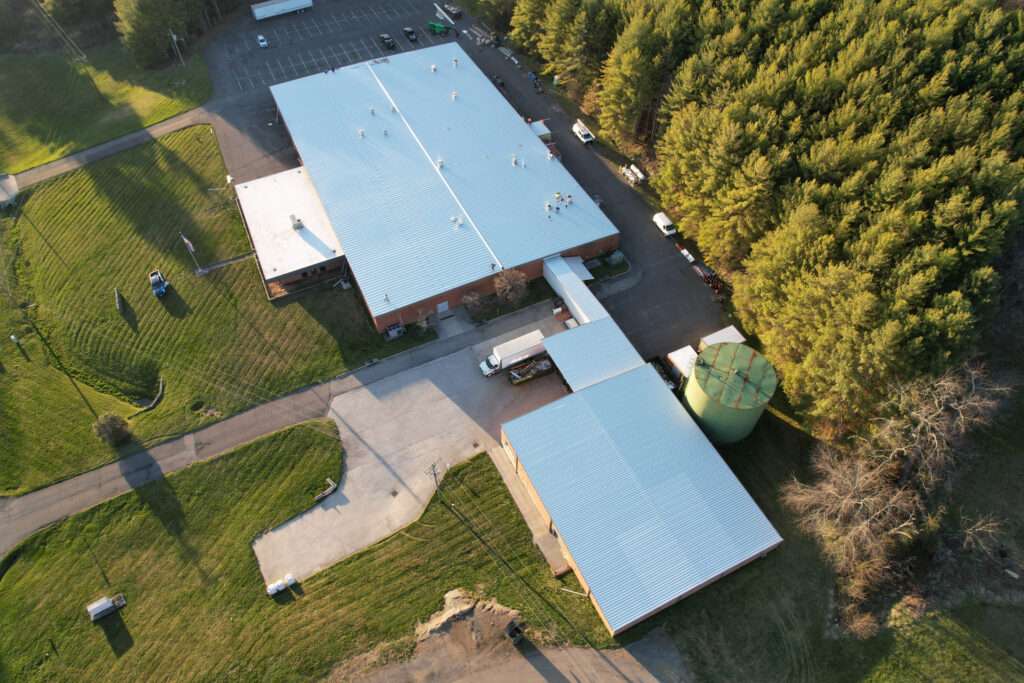The construction industry continually evolves, offering various approaches to building projects. Two primary methods, design-build, and traditional design-bid-build, each have their advantages and disadvantages. When it comes to pre-engineered buildings, making the right choice can significantly impact project outcomes. In this blog post, we’ll compare design-build and traditional construction methods for pre-engineered buildings, focusing on the distinct advantages of the former.

- Integrated Project Team
Design-Build: The design-build approach consolidates the design and construction phases under a single contract and integrated team. This unity fosters collaboration and communication among architects, engineers, contractors, and subcontractors from the project’s outset. It streamlines decision-making processes and minimizes the potential for miscommunication.
Traditional (Design-Bid-Build): In the traditional method, the owner contracts separately with an architect or designer and then later with a contractor. This sequential process may lead to misalignment between the design and construction teams, resulting in change orders and delays during construction.
Advantage: Design-build ensures a cohesive team working together from the start, reducing the likelihood of conflicts and facilitating efficient project management.
- Faster Project Delivery
Design-Build: The design-build model’s overlapping design and construction phases often lead to shorter project timelines. Construction can commence before the final design is complete, allowing for earlier occupancy or utilization of the building.
Traditional (Design-Bid-Build): In the traditional approach, the design phase must reach completion before construction can begin. This sequential process tends to prolong project timelines.
Advantage: Design-build accelerates project delivery, allowing owners to start reaping the benefits of their pre-engineered building sooner.
- Cost Control and Value Engineering
Design-Build: Design-build teams work together to identify cost-saving opportunities and value engineering solutions from the project’s inception. Early collaboration enables proactive cost control measures and efficient budget management.
Traditional (Design-Bid-Build): In traditional construction, value engineering typically occurs after the design phase, which can lead to late-stage design changes and increased costs.
Advantage: Design-build’s early cost control measures and value engineering help keep projects within budget and reduce the likelihood of costly change orders.
- Reduced Owner Responsibility
Design-Build: With design-build, the owner’s responsibilities are reduced as the design-build team manages all aspects of the project, including design, permitting, construction, and subcontractor coordination. The owner can focus on their core business activities.
Traditional (Design-Bid-Build): In the traditional method, the owner must coordinate multiple contracts, handle design-related issues, and manage the construction phase, which can be time-consuming and challenging.
Advantage: Design-build minimizes the burden on the owner, allowing them to concentrate on their business while the project progresses smoothly.
- Single Point of Accountability
Design-Build: Design-build provides a single point of accountability. The design-build firm takes full responsibility for the project, including design quality, construction efficiency, and meeting project deadlines. In case of issues or challenges, the owner deals with a single entity.
Traditional (Design-Bid-Build): In the traditional approach, disputes or issues between the design and construction teams can lead to conflicts and finger-pointing. The owner may find themselves caught in the middle.
Advantage: Design-build offers clarity and accountability, reducing the potential for disputes and ensuring efficient project management.
In conclusion, when it comes to pre-engineered buildings, the design-build method offers numerous advantages over traditional design-bid-build approaches. The integrated project team, faster project delivery, cost control, reduced owner responsibility, and single point of accountability make design-build an attractive choice for owners seeking efficient, cost-effective, and well-executed projects. By choosing the design-build approach, owners of pre-engineered buildings can enjoy a streamlined construction process that maximizes value and minimizes stress.
